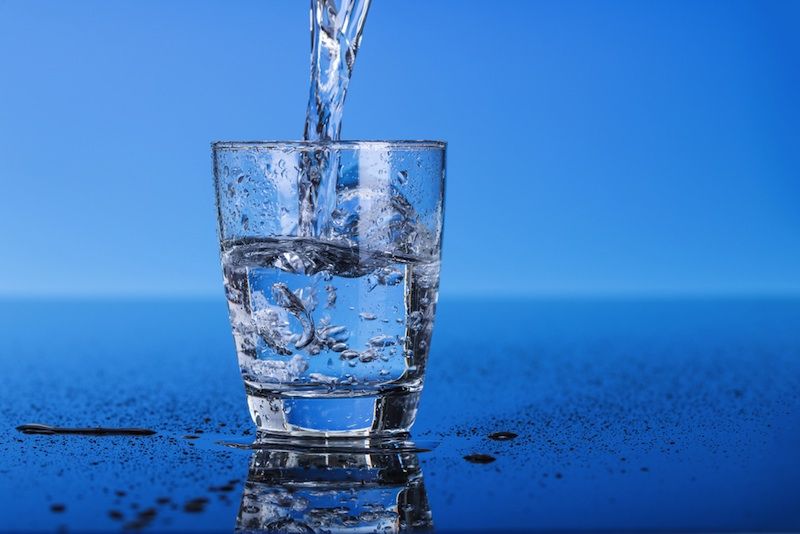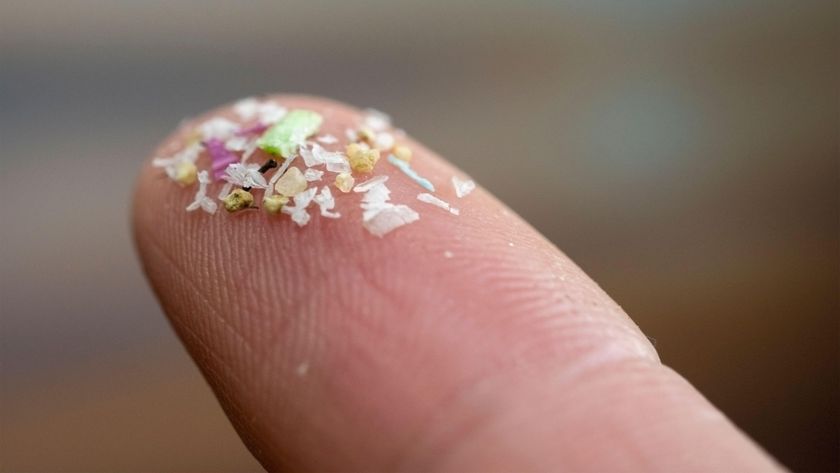EPA Rejects Petition to Change Fluoride Source in US Drinking Water

The U.S. Environmental Protection Agency (EPA) said this week it has declined a petition to change the source of fluoride in U.S. drinking water.
In May, researchers submitted a petition that called for the EPA to require the use of pharmaceutical-grade sodium fluoride in water fluoridation, which is the addition of fluoride to drinking water for the purpose of preventing dental cavities.
The current source of fluoride in most public water supplies is fluorosilicic acid, a byproduct of phosphate fertilizer manufacturing. Records show that the acid is often contaminated with arsenic, said William Hirzy, a chemistry researcher at American University in Washington, D.C.
A recent study by Hirzy and colleagues suggested that arsenic from fluorosilicic acid in drinking water could be linked with U.S. cancer cases, Hirzy told LiveScience. Hirzy, who worked at the EPA for 27 years, submitted the petition.
The EPA denied the petition on the grounds that the study overestimated the annual cost savings of switching fluoridation chemicals, citing errors that Hirzy acknowledges.
Hirzy originally reported that there are likely about 320 cancer cases linked to arsenic in fluorosilicic acid yearly and that these cases cost the United States between $1 billion and $6 billion yearly. However, further analysis showed the figures — both the number of cases and their cost — represented a lifetime (a 70-year period), not one year.
The better estimate of how many cancer cases arise from arsenic-containing fluorosilicic acid in drinking water is three to four cases of cancer per year in the United States, Hirzy told LiveScience.
Sign up for the Live Science daily newsletter now
Get the world’s most fascinating discoveries delivered straight to your inbox.
"I'm embarrassed to realize I made a mistake," Hirzy said.
The EPA issued a response, published this week in the Federal Register, which upholds Hirzy's finding that pharmaceutical-grade sodium fluoride contains about 100 times less arsenic than fluorosilicic acid does, and thus carries a 100-fold lower risk of cancer. Nonetheless, the EPA said the cost of switching to sodium fluoride is prohibitive.
Email Douglas Main or follow him on Twitter or Google+. Follow us @livescience, Facebook or Google+. Article originally on LiveScience.



